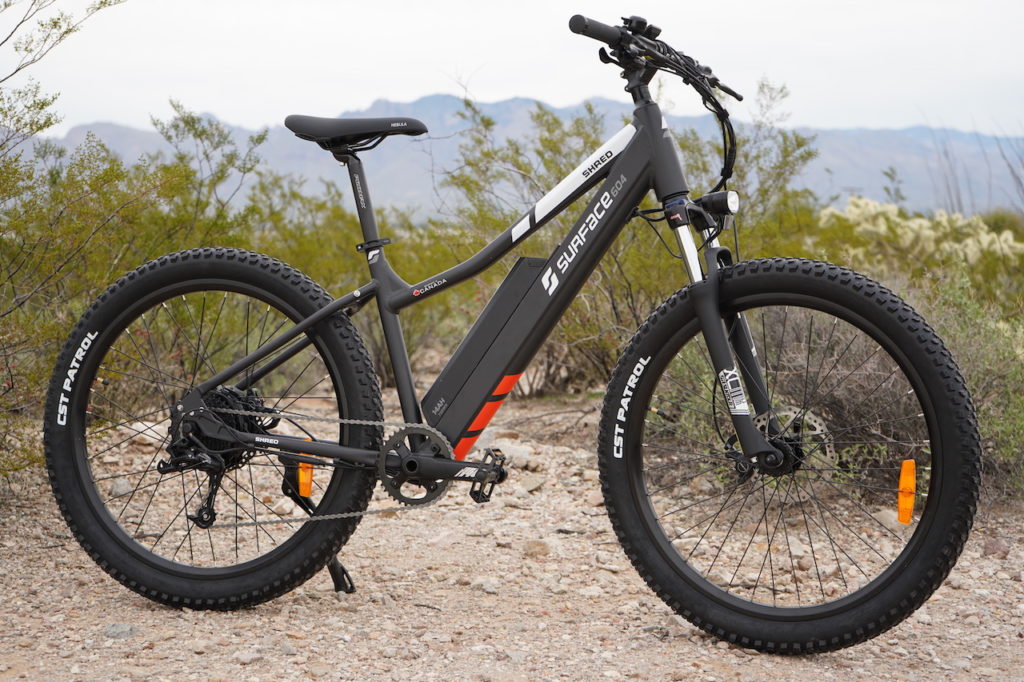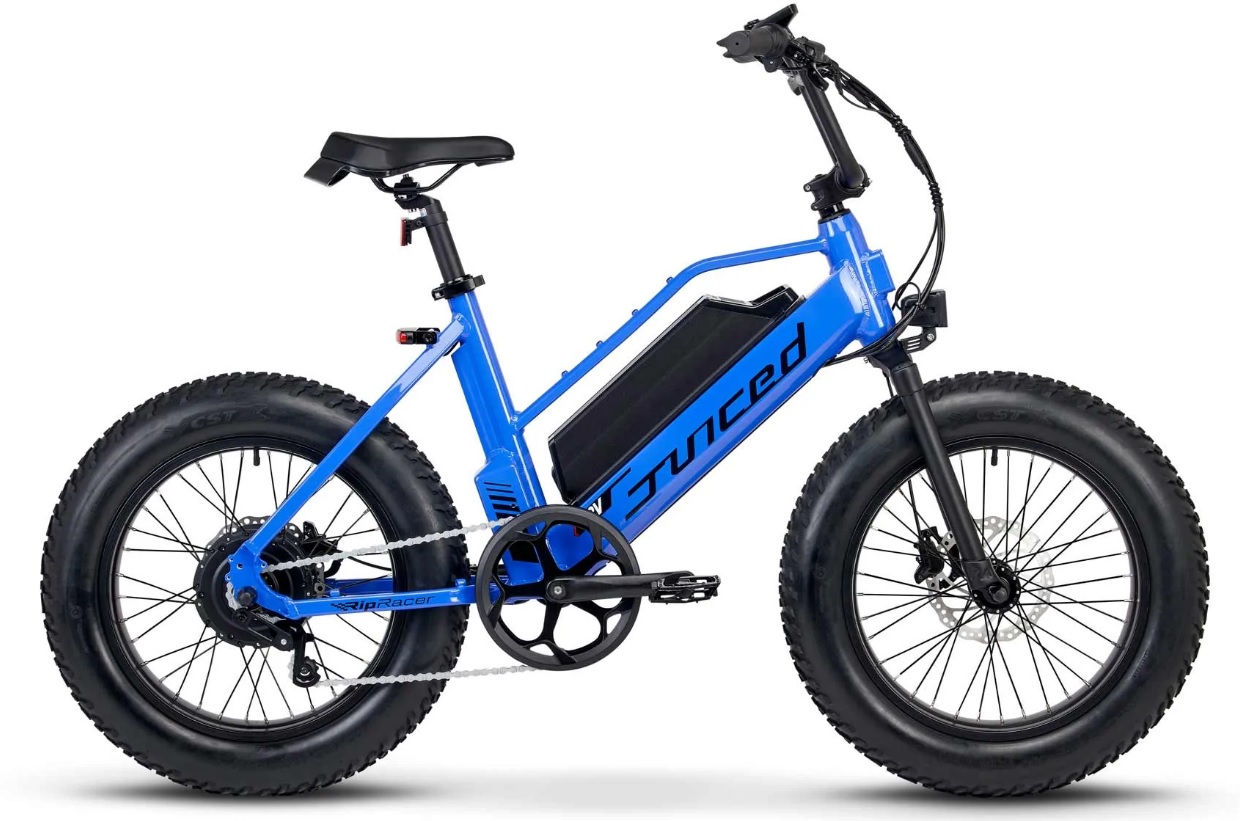Class 3 electric bikes, a game-changer in the world of cycling, offer a thrilling blend of speed, convenience, and sustainability. With their advanced features and capabilities, these e-bikes are redefining urban transportation, empowering riders to navigate city streets with ease and efficiency.
Class 3 e-bikes stand out with their impressive assist speeds of up to 28 mph, allowing riders to effortlessly conquer hills and breeze through traffic. Their powerful motors and robust batteries provide extended range and reliable performance, making them ideal for both commuting and recreational adventures.
Introduction
Class 3 electric bikes, also known as “speed pedelecs,” are a unique and exciting category of e-bikes that offer riders a blend of power and efficiency. These bikes are designed to assist riders up to speeds of 28 mph (45 km/h) with the help of an electric motor, providing a significant boost over traditional bicycles.
The history of Class 3 e-bikes can be traced back to the early days of electric bike development. In the late 1990s, as e-bike technology advanced, manufacturers began to experiment with bikes that could provide higher levels of assistance. The first Class 3 e-bikes were introduced in Europe in the early 2000s, and they quickly gained popularity among riders who wanted a faster and more efficient way to get around.
Legal Regulations and Requirements
The legal regulations and requirements for Class 3 e-bikes vary from country to country. In the United States, Class 3 e-bikes are classified as “low-speed electric bicycles” and are subject to the same regulations as traditional bicycles. This means that they can be ridden on bike paths, roads, and other areas where bicycles are permitted.
However, some states may have additional regulations for Class 3 e-bikes, such as requiring riders to wear a helmet or to have a driver’s license.
In Europe, Class 3 e-bikes are classified as “speed pedelecs” and are subject to different regulations than traditional bicycles. In most European countries, riders of Class 3 e-bikes must be at least 14 years old and must wear a helmet.
Additionally, Class 3 e-bikes may be required to be registered and insured.
Features and Benefits

Class 3 electric bikes are equipped with an array of features that enhance their performance and rider experience. They typically include:
- Powerful Motors:Class 3 e-bikes feature powerful electric motors that can assist riders up to speeds of 28 mph, making them ideal for tackling hills and longer distances.
- Extended Range:Class 3 e-bikes have larger batteries that provide an extended range of up to 50 miles on a single charge, allowing riders to travel further without worrying about running out of power.
- High-Quality Components:Class 3 e-bikes are built with high-quality components, including durable frames, reliable drivetrains, and efficient brakes, ensuring a smooth and comfortable ride.
The advantages of using Class 3 e-bikes are numerous. They offer:
- Increased Speed:Class 3 e-bikes can reach speeds of up to 28 mph, making them significantly faster than traditional bicycles. This increased speed allows riders to cover more ground in less time, making them ideal for commuting or long-distance travel.
- Reduced Effort:The electric motor provides assistance, reducing the effort required to pedal. This makes riding a Class 3 e-bike a more enjoyable and accessible experience for riders of all fitness levels.
- Extended Range:The larger batteries on Class 3 e-bikes allow riders to travel further distances on a single charge. This makes them a great option for exploring new areas or commuting longer distances.
Compared to other types of e-bikes, Class 3 e-bikes offer a number of advantages. They are:
- Faster:Class 3 e-bikes are the fastest type of e-bike, with a top speed of 28 mph. This makes them ideal for riders who want to cover more ground in less time.
- More Powerful:Class 3 e-bikes have more powerful motors than Class 1 and Class 2 e-bikes, providing more assistance when pedaling. This makes them a good choice for riders who need extra power to tackle hills or carry heavy loads.
- Longer Range:Class 3 e-bikes have larger batteries than Class 1 and Class 2 e-bikes, providing a longer range on a single charge. This makes them a good option for riders who want to travel further distances without worrying about running out of power.
Performance and Range

Class 3 e-bikes are designed to provide impressive performance and extended range, making them suitable for longer commutes and more challenging terrains. They achieve this through a combination of powerful motors and efficient battery systems.
Speed and Acceleration
Class 3 e-bikes typically feature motors with a nominal power output of 250 watts, which can provide assistance up to a maximum assisted speed of 28 mph (45 km/h). This allows riders to effortlessly climb hills and maintain a steady pace on flat surfaces.
The acceleration of these e-bikes is also impressive, enabling riders to quickly reach their desired speed.
Range
The range of Class 3 e-bikes depends on various factors, including battery capacity, motor efficiency, and riding conditions. E-bikes with larger battery capacities (measured in amp-hours or Ah) can travel longer distances on a single charge. Efficient motors and regenerative braking systems can also contribute to extending the range.
Factors Affecting Performance and Range
Several factors can affect the performance and range of Class 3 e-bikes, including:
- Rider weight:Heavier riders may experience reduced performance and range.
- Terrain:Riding on hilly terrain requires more energy, reducing range.
- Wind conditions:Strong headwinds can significantly impact range.
- Temperature:Extreme temperatures can affect battery performance.
- Battery age:Batteries degrade over time, gradually reducing range.
Applications and Use Cases
Class 3 electric bikes, with their extended capabilities, offer a wide range of applications and use cases, catering to the diverse needs of commuters, recreational riders, and businesses.
These e-bikes excel in scenarios where riders require both speed and extended range, making them a compelling choice for various commuting and recreational activities.
Commuting, Class 3 electric bikes
For commuters, Class 3 e-bikes provide a convenient and efficient mode of transportation. Their higher speed capabilities enable riders to navigate traffic more effectively, reducing commute times and the associated stress.
- Commuters can easily cover longer distances without breaking a sweat, making them ideal for suburban or city commutes.
- The extended range of Class 3 e-bikes eliminates range anxiety, ensuring riders can complete their journeys without worrying about running out of battery.
- E-bikes offer a cost-effective alternative to cars, reducing fuel expenses and parking costs.
Recreational Riding
Class 3 e-bikes enhance recreational riding experiences by extending the range and capabilities of riders.
- They allow riders to explore more challenging trails and terrain, tackling hills and longer distances with ease.
- Riders can enjoy longer and more adventurous bike rides without the limitations of a traditional bicycle.
- E-bikes provide a unique way to explore scenic routes and discover new areas.
Business Applications
Class 3 e-bikes also have practical applications in business settings.
- Delivery services can use e-bikes to cover larger distances and make deliveries more efficiently.
- Businesses can use e-bikes for employee transportation, promoting a healthy and sustainable work environment.
- E-bikes can be utilized for tourism and rental services, providing visitors with a convenient and eco-friendly way to explore.
Safety Considerations
Riding a Class 3 electric bike can be a thrilling and efficient experience, but it’s crucial to prioritize safety. These bikes have higher speeds and greater power, requiring riders to be aware of potential risks and take necessary precautions.
To ensure a safe riding experience, consider the following tips and recommendations:
Wearing Appropriate Safety Gear
- Helmet:Always wear a properly fitted helmet that meets safety standards. It’s the most critical safety gear and can significantly reduce the risk of head injuries in case of an accident.
- Eye Protection:Wear sunglasses or goggles to protect your eyes from wind, dust, and debris.
- Gloves:Gloves provide grip and protect your hands from blisters and abrasions.
li> Reflective Clothing:Wear bright or reflective clothing to increase visibility, especially during low-light conditions.
Market Trends and Future Prospects
The electric bike market is booming, and Class 3 e-bikes are leading the charge. These bikes offer a unique combination of speed, range, and affordability, making them a great option for commuters and recreational riders alike.Class 3 e-bikes are becoming increasingly popular due to their many benefits.
They are faster than traditional bikes, making them a great option for commuting or running errands. They also have a longer range, allowing riders to travel further without having to worry about running out of battery. And, because they are electric, they are more affordable to operate than gas-powered vehicles.In addition to their many benefits, Class 3 e-bikes are also becoming more technologically advanced.
Newer models are equipped with features such as regenerative braking, which helps to extend the battery life. They also have more powerful motors, which allow them to climb hills more easily.The future of Class 3 e-bikes is bright. As the technology continues to improve and the price comes down, these bikes are likely to become even more popular.
They have the potential to revolutionize the way we commute and get around town.
Emerging Technologies and Advancements
Several emerging technologies are helping to improve the performance and capabilities of Class 3 e-bikes. These technologies include:
- Regenerative braking:This technology helps to extend the battery life of e-bikes by capturing energy that would otherwise be lost when braking.
- More powerful motors:Newer models of Class 3 e-bikes are equipped with more powerful motors, which allow them to climb hills more easily and reach higher speeds.
- Improved battery technology:The batteries used in Class 3 e-bikes are becoming more powerful and have a longer lifespan, allowing riders to travel further on a single charge.
These technologies are helping to make Class 3 e-bikes more efficient, more powerful, and more affordable. As these technologies continue to develop, Class 3 e-bikes are likely to become even more popular in the years to come.
Impact on the Transportation Industry
Class 3 e-bikes have the potential to revolutionize the transportation industry. They offer a number of advantages over traditional gas-powered vehicles, including:
- Reduced emissions:E-bikes do not produce emissions, which helps to improve air quality and reduce greenhouse gas emissions.
- Lower operating costs:E-bikes are much cheaper to operate than gas-powered vehicles, as they do not require fuel or maintenance.
- Increased mobility:E-bikes can be used to travel further and more easily than traditional bikes, making them a great option for commuting and running errands.
As Class 3 e-bikes become more popular, they are likely to have a significant impact on the transportation industry. They could help to reduce traffic congestion, improve air quality, and make it easier for people to get around town.
Final Thoughts: Class 3 Electric Bikes
As Class 3 electric bikes continue to gain popularity, their impact on urban mobility is undeniable. They offer a practical and eco-friendly alternative to cars, reducing congestion and emissions while promoting a healthier lifestyle. With their versatility, performance, and affordability, Class 3 e-bikes are poised to revolutionize the way we move in our cities, creating a more sustainable and connected future.
User Queries
What sets Class 3 electric bikes apart from other types of e-bikes?
Class 3 e-bikes offer higher assist speeds of up to 28 mph, providing a significant boost for riders tackling hills or navigating busy streets.
Are Class 3 electric bikes safe to ride?
Yes, Class 3 e-bikes are designed with safety features such as sturdy frames, responsive brakes, and bright lighting systems. Wearing appropriate safety gear and following traffic laws is crucial for a safe riding experience.
What are the typical applications and use cases for Class 3 electric bikes?
Class 3 e-bikes are ideal for commuting, recreational riding, and even light off-road adventures. They excel in urban environments, allowing riders to cover longer distances with less effort.